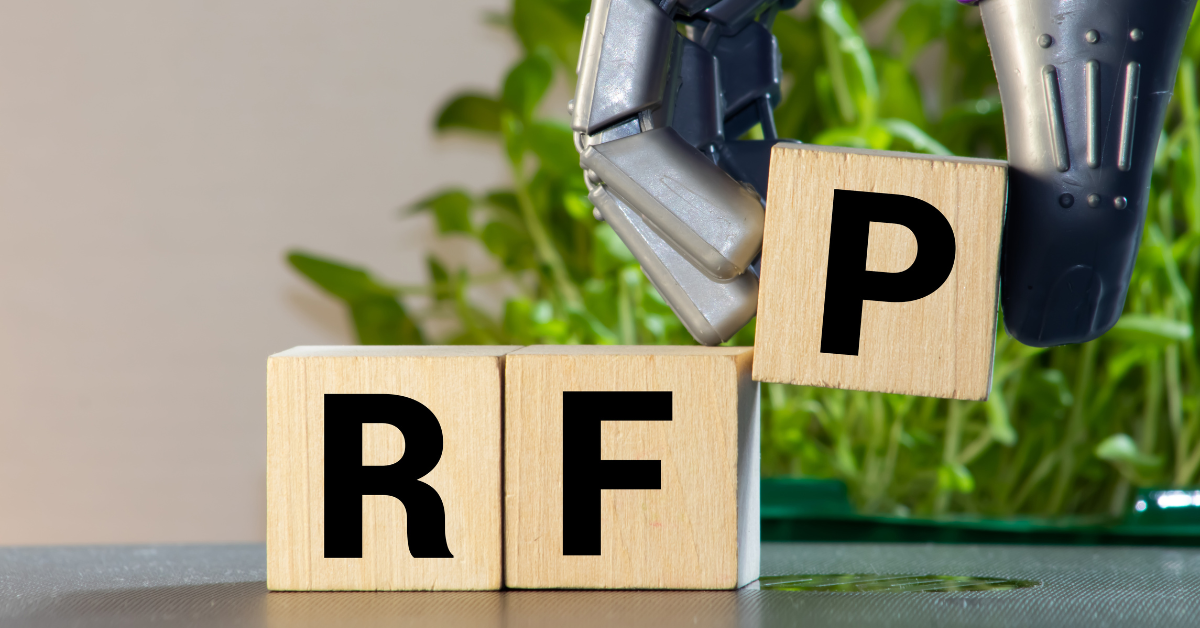Decoding the RFP: A Comprehensive Guide to Understanding Request for Proposals
In the world of business, Requests for Proposals (RFPs) are a standard tool for procurement. They are documents issued by organizations to solicit bids from potential vendors for a product, service, or solution. In essence, an RFP outlines what the organization needs and asks vendors to propose their solutions and pricing.
However, understanding and responding to an RFP can be a daunting task. This post aims to demystify the RFP, breaking down its components and explaining each in detail, as well as offering insights on how to respond effectively.
1. RFP Introduction/Executive Summary
This is the opening part of the RFP and it gives a broad overview of the project. It will typically include the organization’s background, the project’s purpose, and any critical dates (such as proposal due dates). It sets the tone for the rest of the document.
Tip: Use this section to gauge if the project aligns with your company’s capabilities and values.
2. Statement of Purpose / Background
This section provides more detail about the project and the problem the organization wants to solve. Here, you’ll find specifics on the expected outcomes, the project’s scope, and the intended audience or beneficiaries.
Tip: Understanding the problem to be solved is key in crafting a proposal that aligns with the organization’s needs. Remember, your proposal should be a solution to their problem.
3. Proposal Guidelines
This portion outlines how the proposal should be structured, the information to include, how to submit the proposal, and the deadline for submission. It may also contain any legal requirements or contractual terms.
Tip: Follow these guidelines to the letter to increase the chances of your proposal being considered.
4. Scope of Work / Specifications
This is the heart of the RFP. It details what the project will entail and what the organization expects from the winning vendor. This can include everything from technical requirements, deliverables, milestones, and criteria for success.
Tip: Your proposal should demonstrate your understanding of the project’s requirements and how your services align with them.
5. Budget
The RFP may specify a budget or ask vendors to provide pricing details. This includes the overall cost of the project and any other related costs (like maintenance or support).
Tip: Be realistic and transparent with your pricing. It should reflect the value and quality of your work, but also remain competitive.
6. Evaluation Criteria
This section outlines how proposals will be evaluated. Common criteria include pricing, solution quality, company experience, and references.
Tip: Knowing how you’ll be evaluated can help you focus your proposal on the areas that matter most to the organization.
7. Response Instructions and Deadlines
The RFP will provide detailed instructions on how to respond, including the format, submission method, and deadlines.
Tip: Adhere strictly to these instructions and deadlines. An improperly formatted proposal or late submission may lead to disqualification.
Responding to an RFP
Now that we understand the components of an RFP, here are a few tips on responding:
- Do Your Research: Learn about the organization and its industry. This can help you tailor your proposal and demonstrate your commitment to understanding their needs.
- Ask Questions: If anything in the RFP is unclear, reach out to the organization for clarification. It’s better to ask than to guess and get it wrong.
- Highlight Your Strengths: Use your proposal to showcase your experience, capabilities, and previous successes.
- Be Clear and Concise: Your proposal should be easy to understand, with a clear description of how you’ll solve the organization’s problem.







